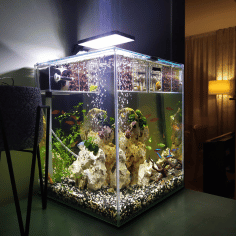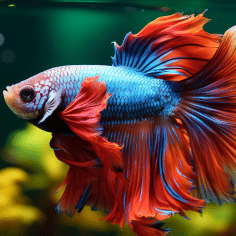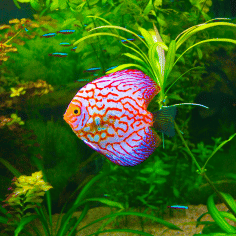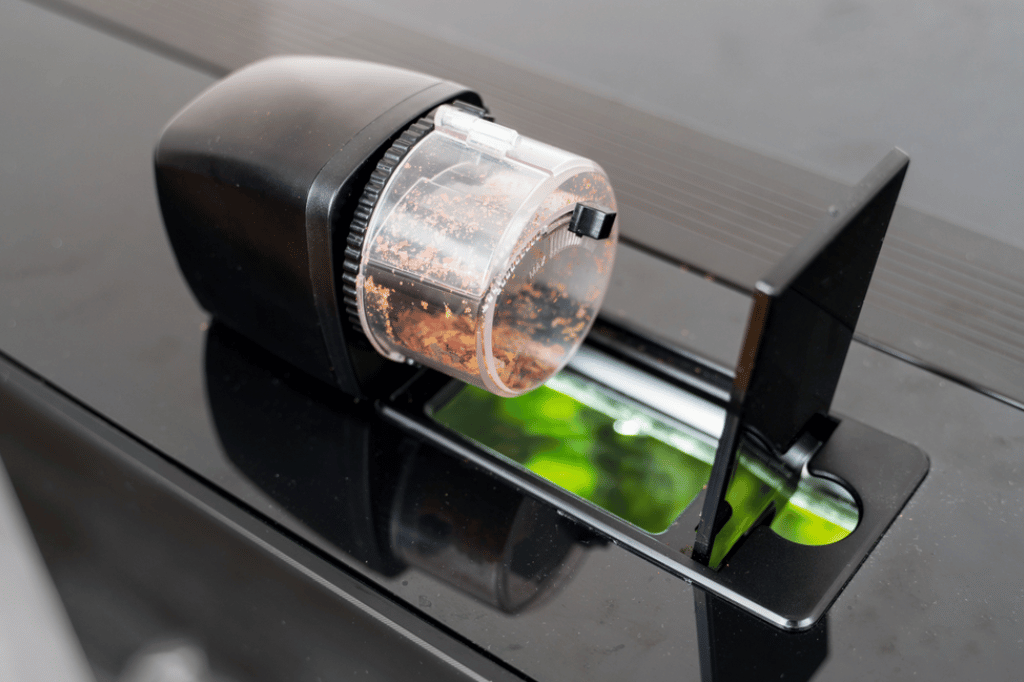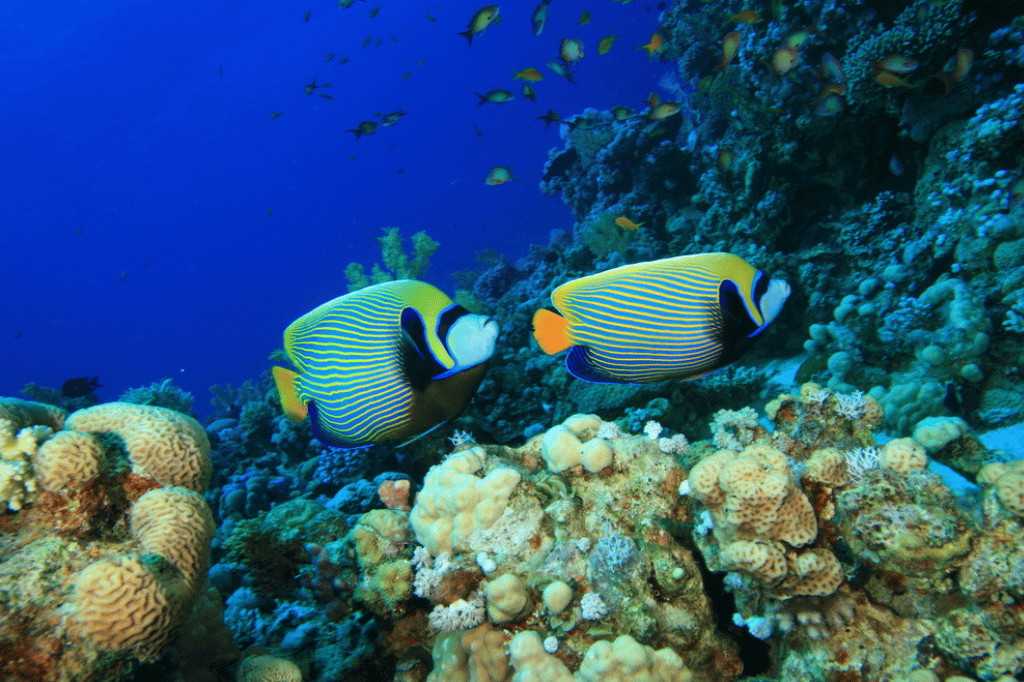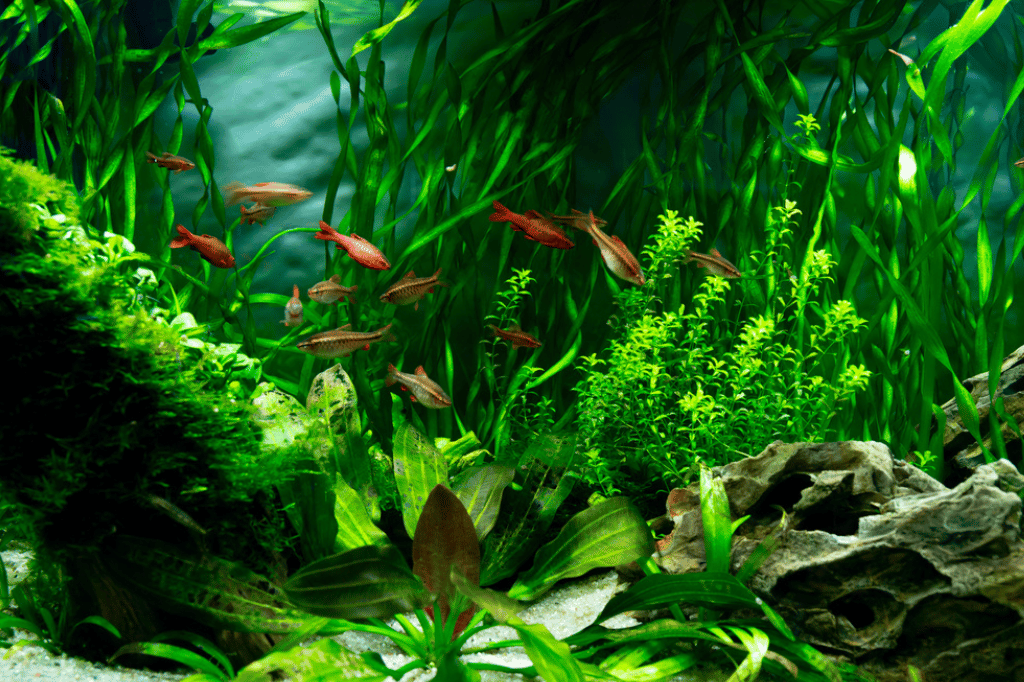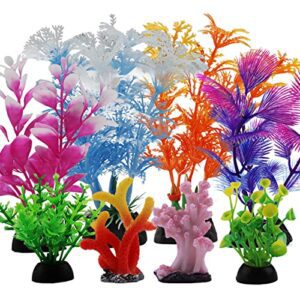Creating a harmonious environment for your underwater companions hinges on effective aquarium filtration. This system is the lifeblood of your aquatic habitat, ensuring the longevity and vibrancy of your fish and plant life. Filtration comes in three varieties: mechanical, chemical, and biological.
Each type serves a distinct purpose, from capturing debris to neutralizing harmful chemicals and fostering beneficial bacteria. For aquarists, a robust aquarium filtration system is non-negotiable. It replicates the natural filtration processes found in the wild, providing a stable ecosystem within the confines of glass walls. Proper filtration supports a delicate balance, essential for the thriving life underwater. Keeping abreast of the latest filtration technology and techniques not only contributes to the aesthetic appeal of your aquarium but is a cornerstone of responsible fishkeeping.
The Heart Of Aquarium Health: Filtration Systems
Critical Role Of Water Filtration
Water filtration is non-negotiable in any aquatic environment. It removes harmful chemicals, waste, and debris from the water. This mimics natural processes found in the wild. Clean water means healthy, vibrant fish and plants.- Eliminates toxins such as ammonia and nitrites
- Controls algae by removing excess nutrients
- Maintains oxygen levels for fish survival
- Prevents disease by keeping the environment stable
Types Of Aquarium Filters
Several filtration systems cater to different needs within an aquarium. Each type plays a distinct role. Combined, they create a balanced ecosystem.| Filter Type | Function | Benefits |
|---|---|---|
| Mechanical Filters | Trap particles and debris | Clear water, reduced maintenance |
| Chemical Filters | Remove toxins through absorption | Eliminates odors, improves water quality |
| Biological Filters | Break down waste with beneficial bacteria | Supports natural ecosystem, maintains water balance |
Mechanical Filtration: The First Defense
Mechanical Filtration: The First Defense in any aquarium setup acts like a security guard. It catches debris, waste, and particulate matter. This process keeps water clear. Think of it as a net that traps the unwanted particles as water flows through.
How Mechanical Filters Work
Mechanical filters use a simple process. Water from the tank flows through a filter medium. This medium, often sponge or foam, traps solids. Clean water returns to the tank. This first line of defense is critical for a healthy aquarium.
Maintenance Of Mechanical Components
Clean mechanical filter parts regularly. Over time, trapped debris can clog the filter. Cleaning schedules depend on fish load and tank size. Most need weekly to monthly maintenance.
- Turn off the filter before cleaning.
- Remove the mechanical media gently.
- Rinse media in tank water to preserve beneficial bacteria.
- If media is damaged, replace it to ensure effectiveness.
- Restart the filter after maintenance.
Biological Filtration: Nature’s Way
The Science Behind Beneficial Bacteria
Beneficial bacteria are tiny superheroes. They start the nitrogen cycle in the aquarium. This is how they clean the water:- Ammonia, very bad for fish, comes from their waste.
- Bacteria turn ammonia into nitrite, still harmful.
- Second bacteria change nitrite into nitrate, much safer.
Enhancing Biological Filtration
To help the good bacteria, you can make their home better. Here’s how:- Use a high-quality filter that supports bacteria growth.
- Add live plants. They use nitrates and help balance the tank.
- Never clean all filter media at once. It might remove too many bacteria.
- Regular water tests ensure bacteria are doing their job.
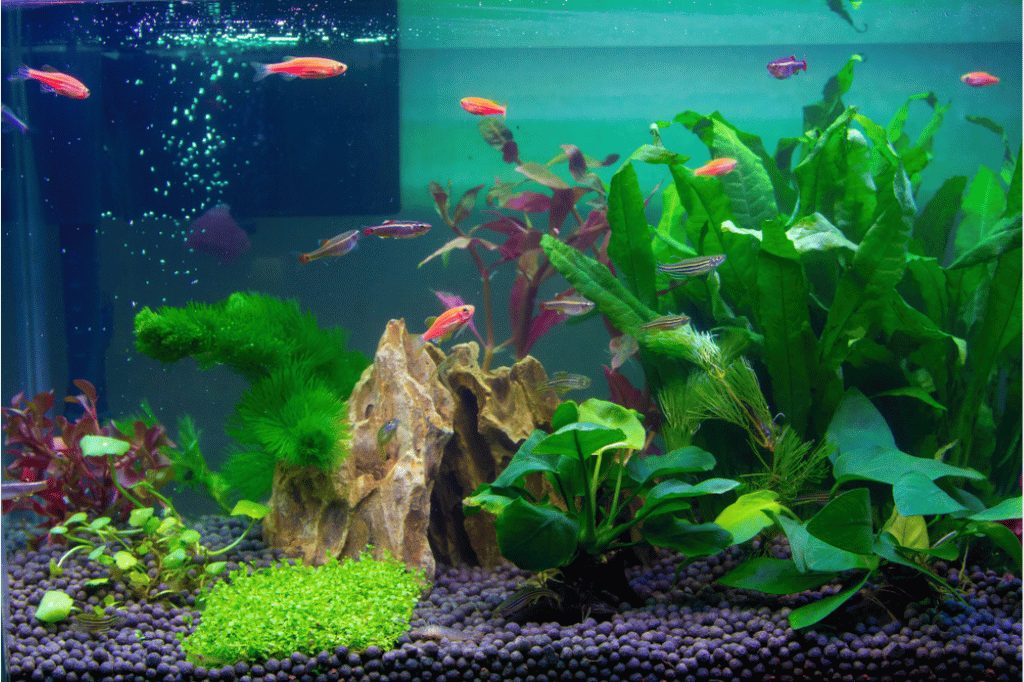
Aquarium Filtration Essentials: Keep Your Water Crystal Clear! By Insiderfish.com
Chemical Filtration: Purifying Your Water
Activated Carbon And Its Uses
Activated carbon is a star in tank maintenance. It’s a type of charcoal. It absorbs many chemicals from water. This makes the water safe for fish.- Removes odors: Activated carbon gets rid of bad smells.
- Clears water: It helps keep the water crystal clear.
- Traps impurities: It captures many harmful chemicals.
Alternatives To Carbon In Chemical Filtration
There are other ways to clean the water without carbon. These methods can also work well.| Method | Use |
|---|---|
| Ion Exchange Resins | They soften the water by removing minerals. |
| Zeolite | It absorbs ammonia which can be harmful to fish. |
| Peat | It lowers pH levels for fish that need acidic environments. |
Filter Media: Choosing The Right Combination
Options For Mechanical, Biological, And Chemical Media
Mechanical media is the frontline defender of tank cleanliness. It grabs the visible particles before they break down.- Sponge Pads – Trap fine to coarse debris
- Filter Floss – Snags tiny particulates
- Pre-Filter Screens – Block larger waste
- Ceramic Rings – Designed for good bacteria adhesion
- Bioballs – Provide a high surface area for bacteria
- Sintered Glass – Porous and bacteria-friendly
- Activated Carbon – Cleansers from smells to medications
- Ion Exchange Resins – Soften hard water or remove nitrates
- Peat – Natural way to lower pH levels
Customizing Media For Specific Tank Needs
Not all tanks are the same. Some have delicate fish, others have lush plants. Customizing filtration can mean the difference between thriving and surviving.| Need | Media Solution |
|---|---|
| High Waste Load | More mechanical filtration to catch excess |
| Sensitive Fish | Chemical media for pristine water conditions |
| Planted Tanks | Biological media for stable nutrient cycling |

Maintaining Clear Water: Cleaning And Replacement
Cleaning Schedules For Different Filter Types
Every aquarium filter has its own cleaning needs. Regular maintenance makes sure filters run efficiently.| Filter Type | Cleaning Frequency |
|---|---|
| Sponge Filters | Every 2 weeks |
| Canister Filters | Every 1-3 months |
| Hang-on-Back | Every month |
Recognizing When To Replace Filter Media
- Check the flow: Slow water suggests clogged or worn-out media.
- Observe the tank: Murky water can mean it’s time for a change.
- Follow guidelines: Replace media as directed, often every 1-3 months.
Avoiding Common Aquarium Filtration Mistakes
Over-filtration And Its Consequences
Believe it or not, too much filtration can harm your aquarium.- Stress for fish: Strong currents can stress them.
- Beneficial bacteria: High flow rates might wash away these helpful microbes.
- Natural behavior: Over-filtration may hinder natural foraging and resting behaviors.
Ignoring Filter Maintenance
Regular maintenance keeps your filter running smoothly.| Action | Frequency |
|---|---|
| Rinse pre-filters | Every 2-4 weeks |
| Replace carbon | Every month |
| Clean impellers | Every 3 months |
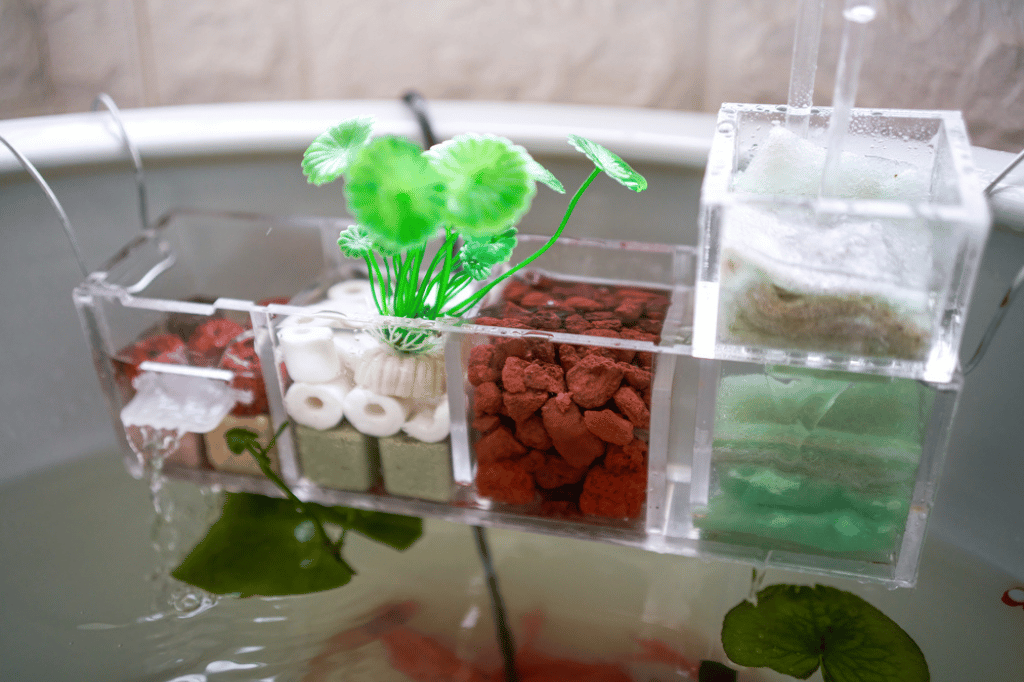
Advanced Filtration Techniques
Aquariums need clean water to keep fish healthy. Advanced aquarium filtration techniques use new technology. They make sure the water is pure. Fish live longer in clean water. These methods get rid of tiny waste. They are important for your tank.
Utilizing Uv Sterilizers
UV sterilizers use light to kill germs. They stop disease from spreading in the water. This light cleans the water as it passes through. It’s safe and effective. UV sterilizers are easy to install.
- Bacteria and algae die when they touch UV light
- Keeps the water clear and clean
- Works well with other filters
Employing Reverse Osmosis Systems
Reverse osmosis systems take out bad stuff from water. They use a special membrane. Only water can pass through. Bad minerals and chemicals stay out. This gives your fish the best water.
- Water flows through a fine membrane
- Removes things that are not good for fish
- Gives clean water for healthy tanks
Frequently Asked Questions For Aquarium Filtration
What Is The Best Filtration For An Aquarium?
The best aquarium filtration combines mechanical, biological, and chemical filtration. Canister filters often provide this effective multi-stage approach, suitable for various tank sizes and bioloads. Select a filter rated for your aquarium’s volume for optimal results.
What Are The 3 Types Of Aquarium Filtration?
The three types of aquarium filtration are mechanical, chemical, and biological. Mechanical filtration removes physical debris, while chemical filtration eliminates dissolved pollutants. Biological filtration processes harmful ammonia and nitrites with beneficial bacteria.
Is Too Much Filtration Bad For An Aquarium?
Excessive filtration can disturb an aquarium’s natural balance. It may remove beneficial bacteria and create stress for fish and plants. Opt for adequate filtration tailored to your tank’s size and inhabitants.
What Is The Best Filter For Crystal Clear Aquarium Water?
The best filter for crystal clear aquarium water is a canister filter, renowned for its powerful mechanical, chemical, and biological filtration capabilities.
Conclusion
Understanding the ins and outs of aquarium filtration sets the stage for a thriving aquatic environment. It’s clear that choosing the right filter is a game-changer for your underwater friends. Remember, balance is key to a healthy aquarium. So equip your tank with the best filter for a crystal-clear view into your aquatic world’s beauty and diversity.
Dive into filtration to ensure your fish flourish!



